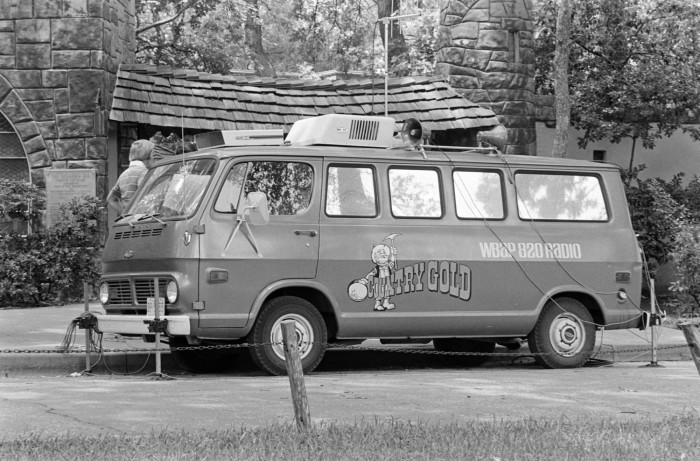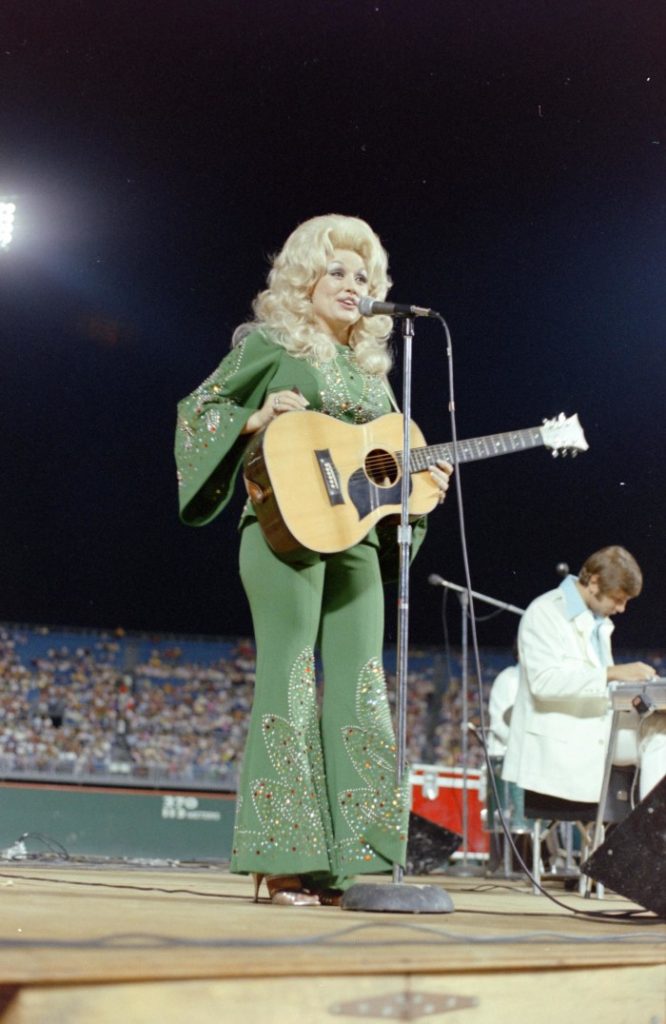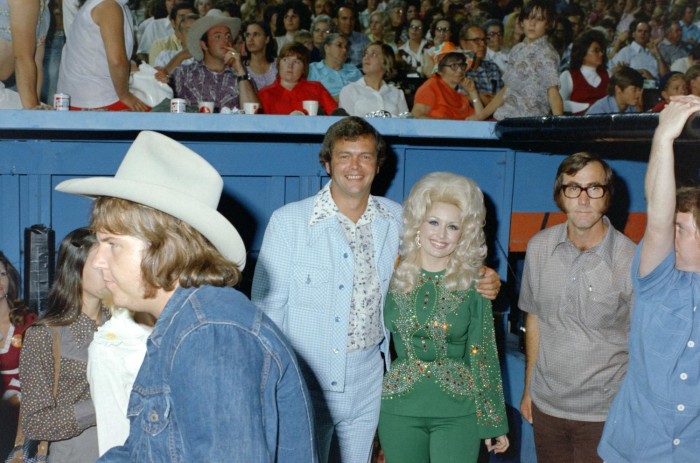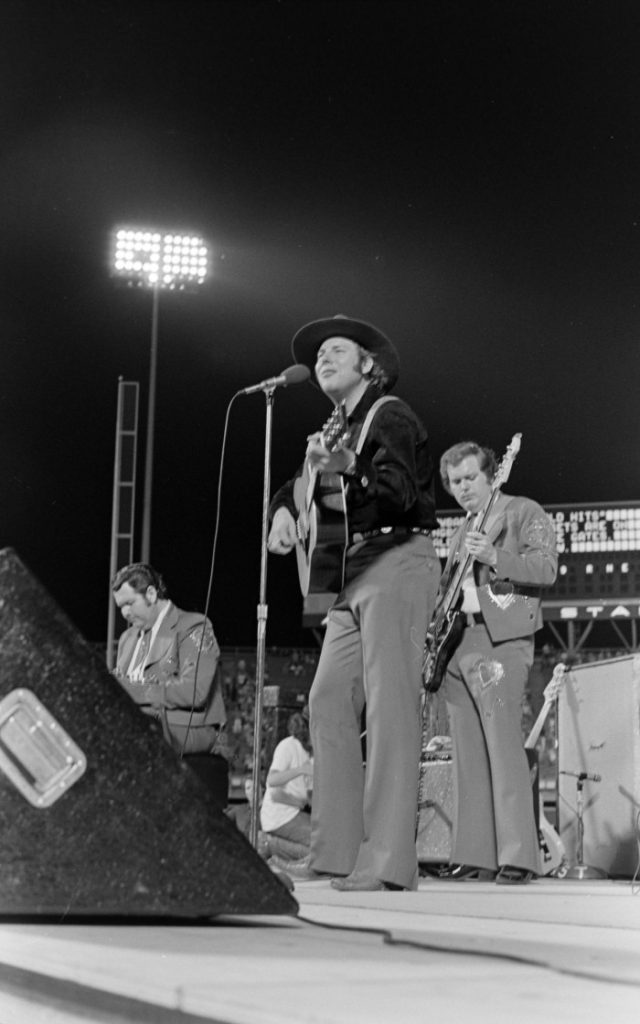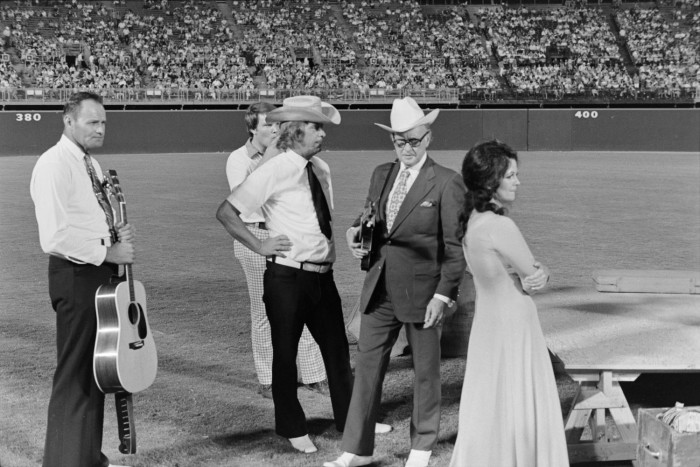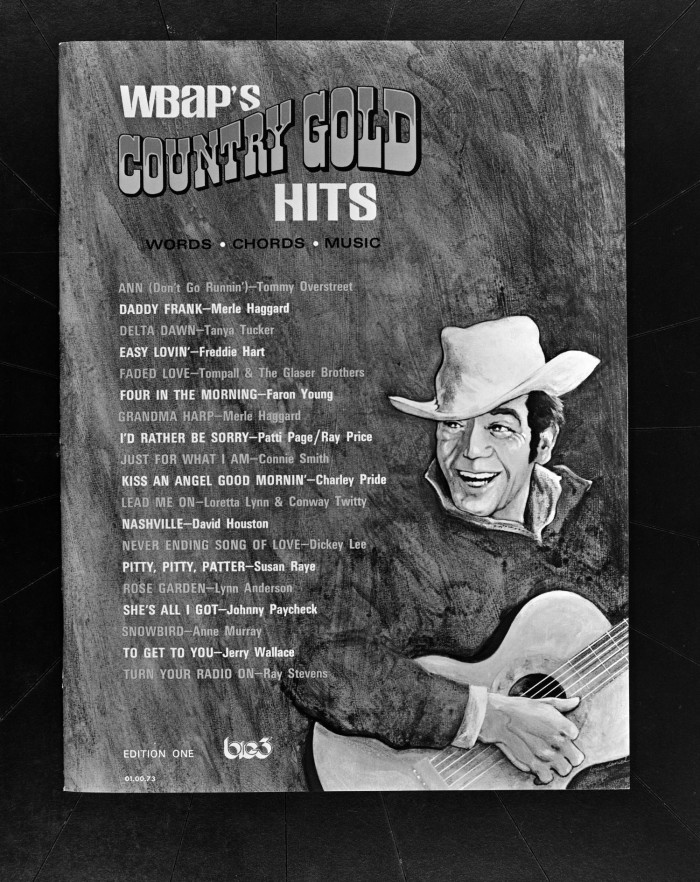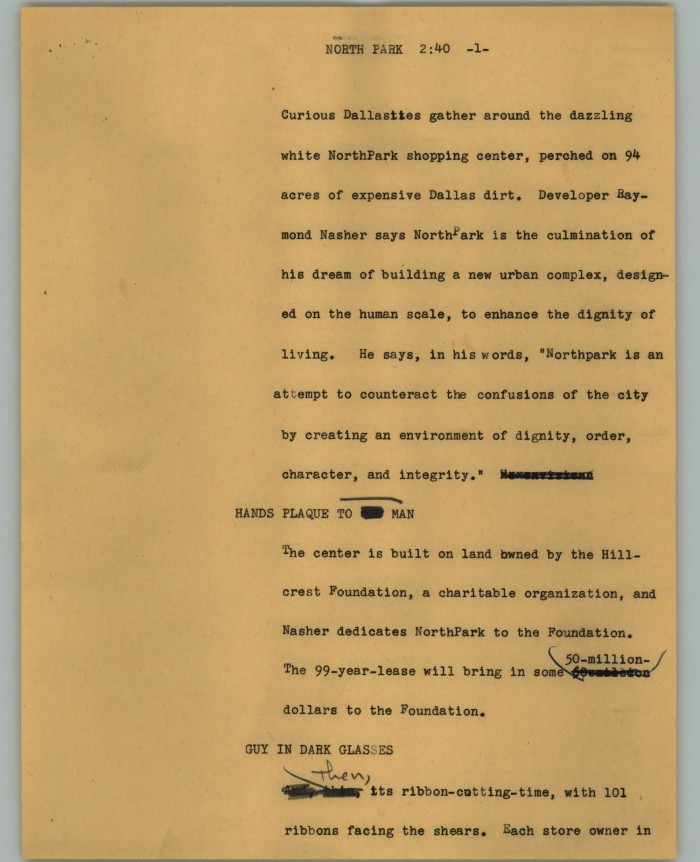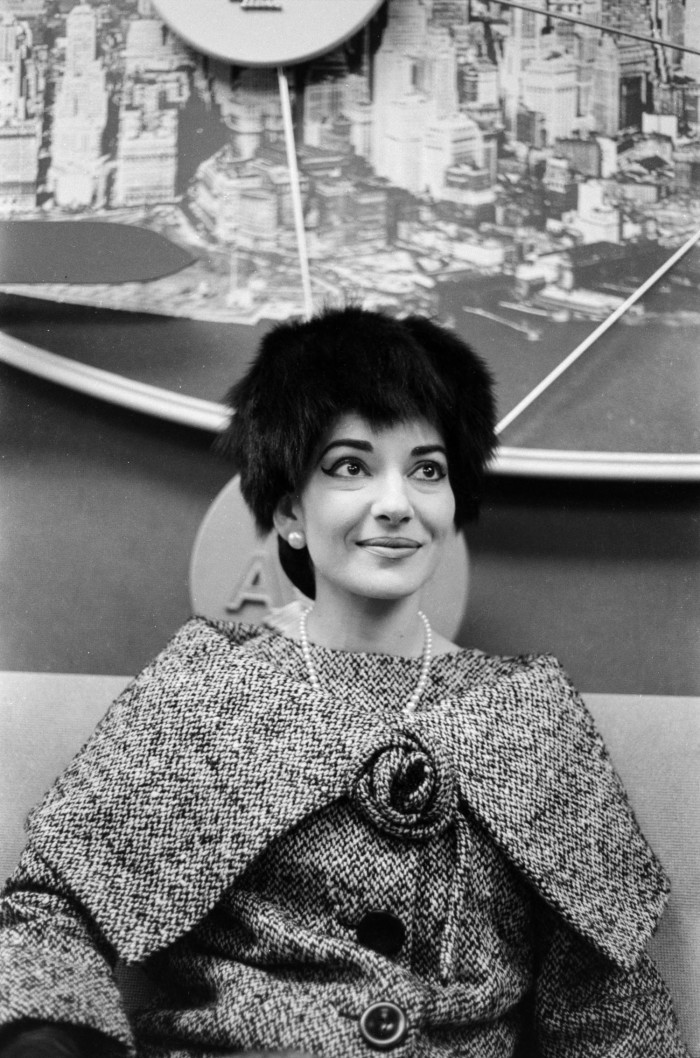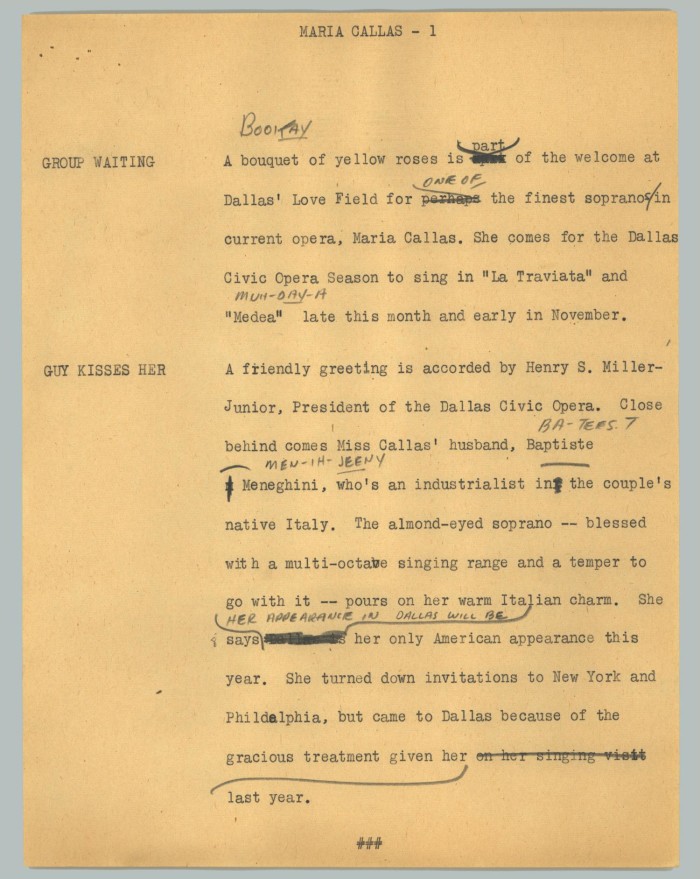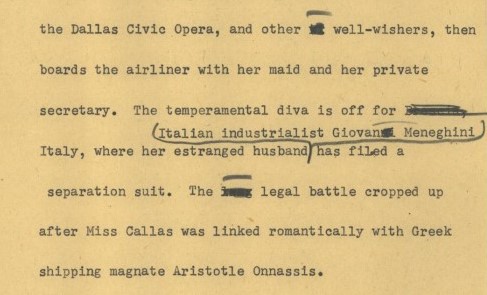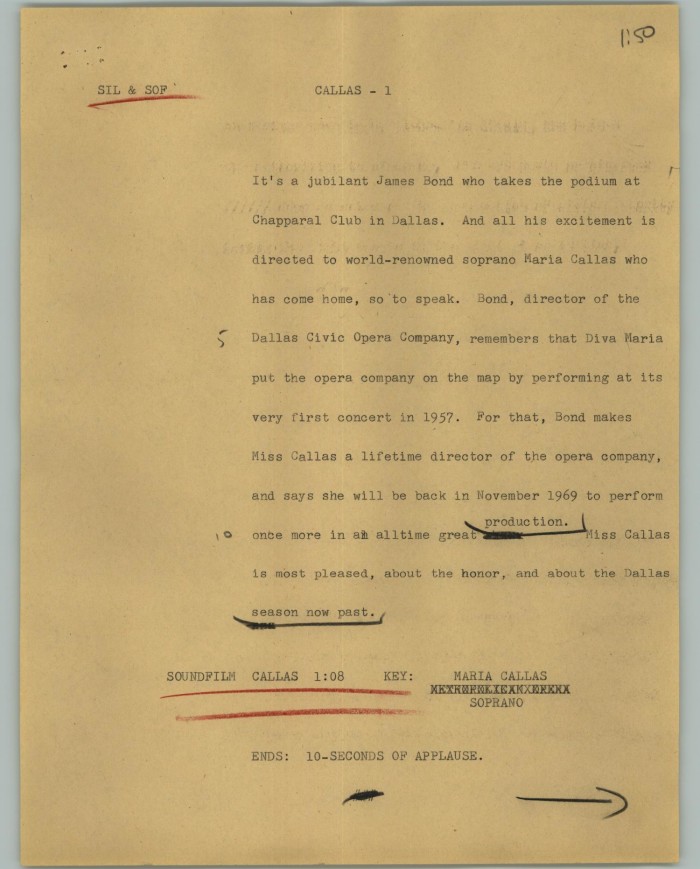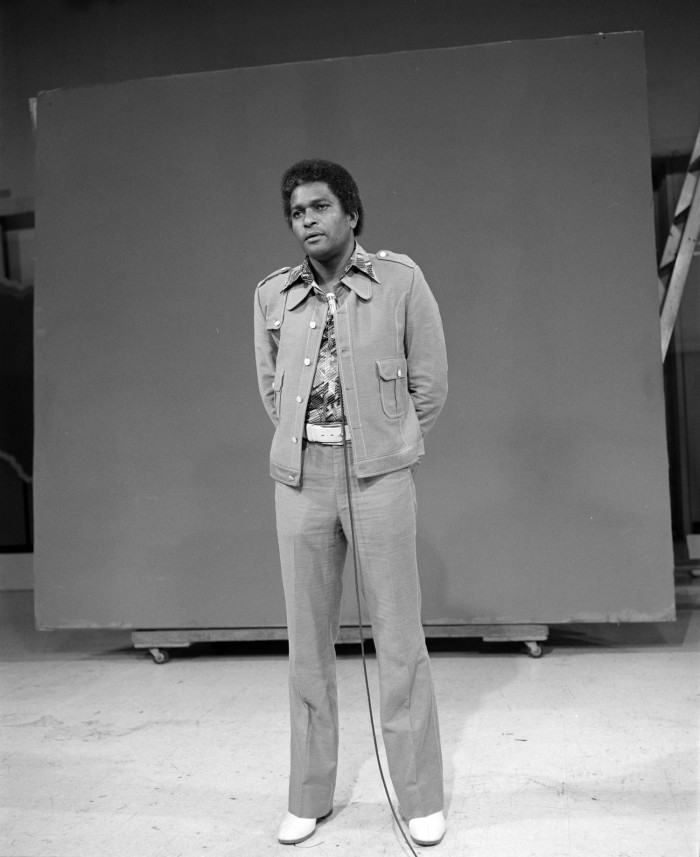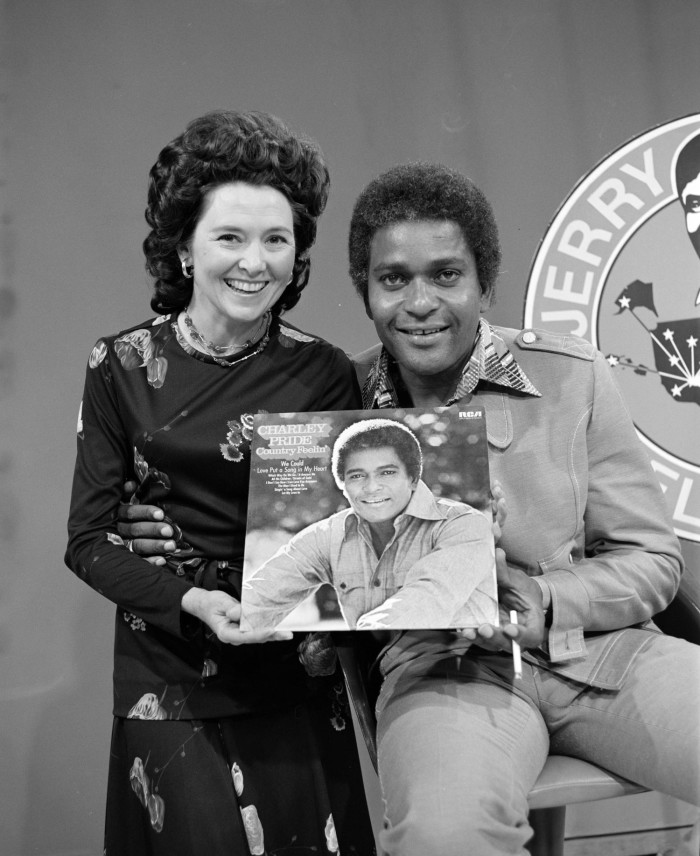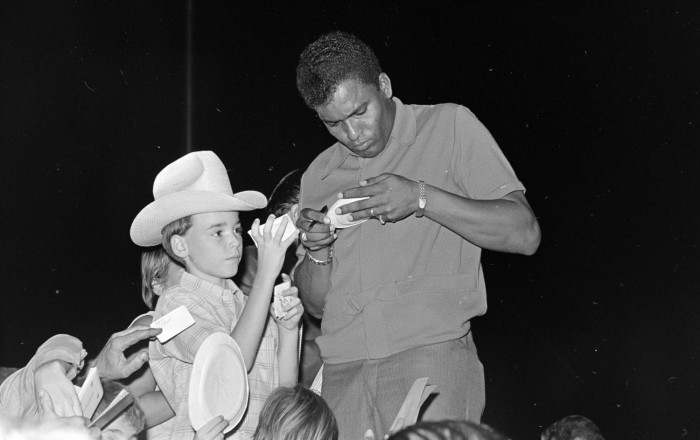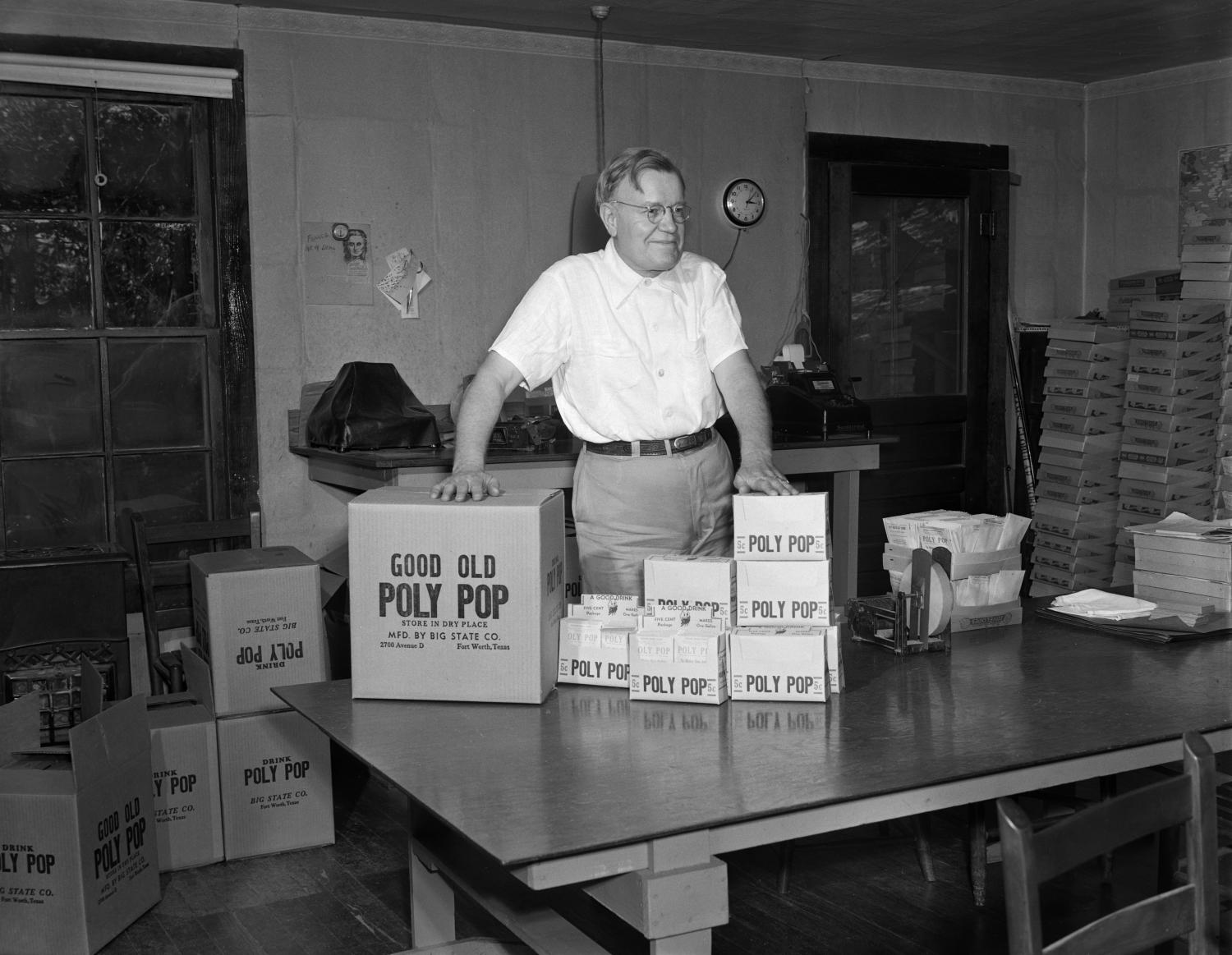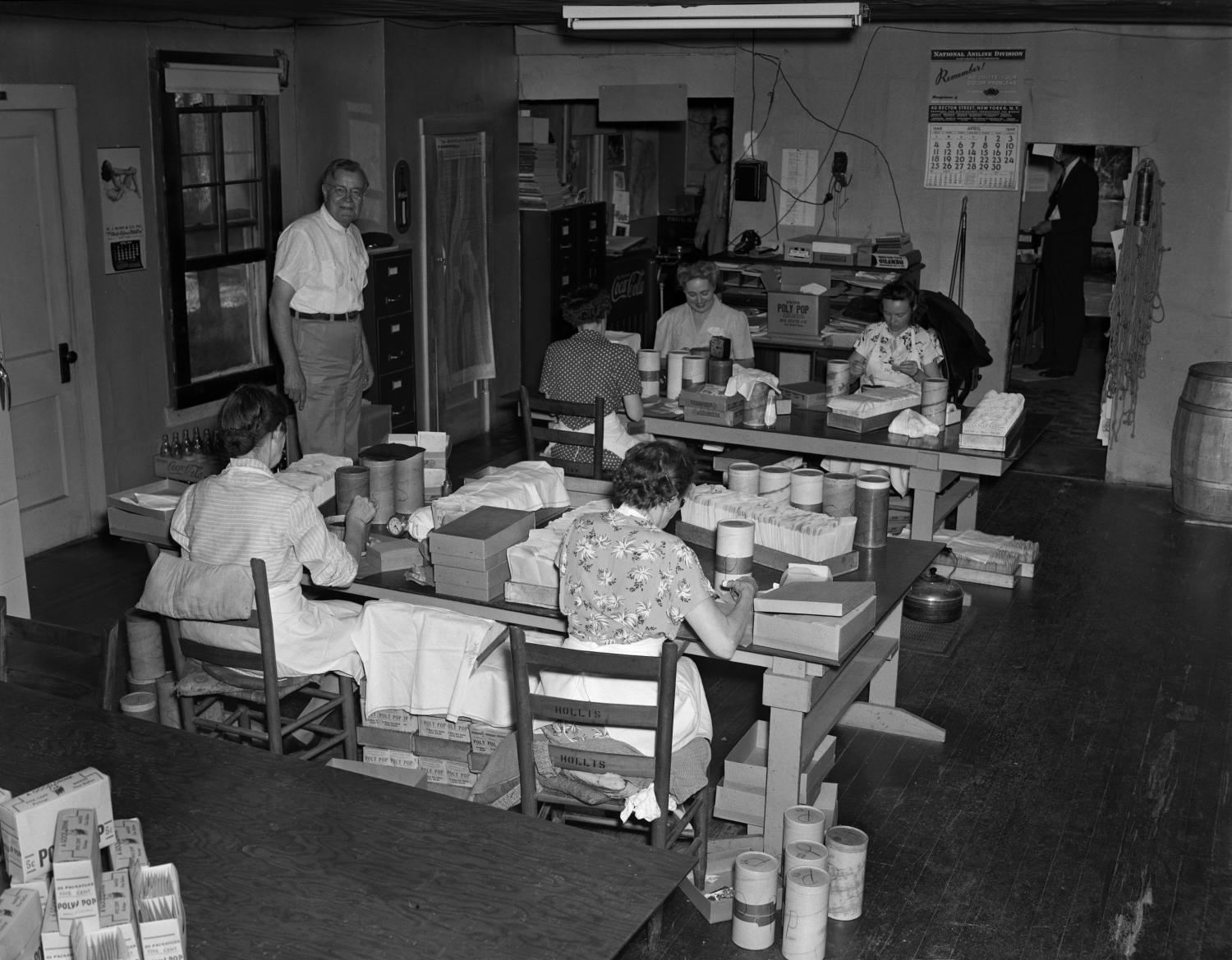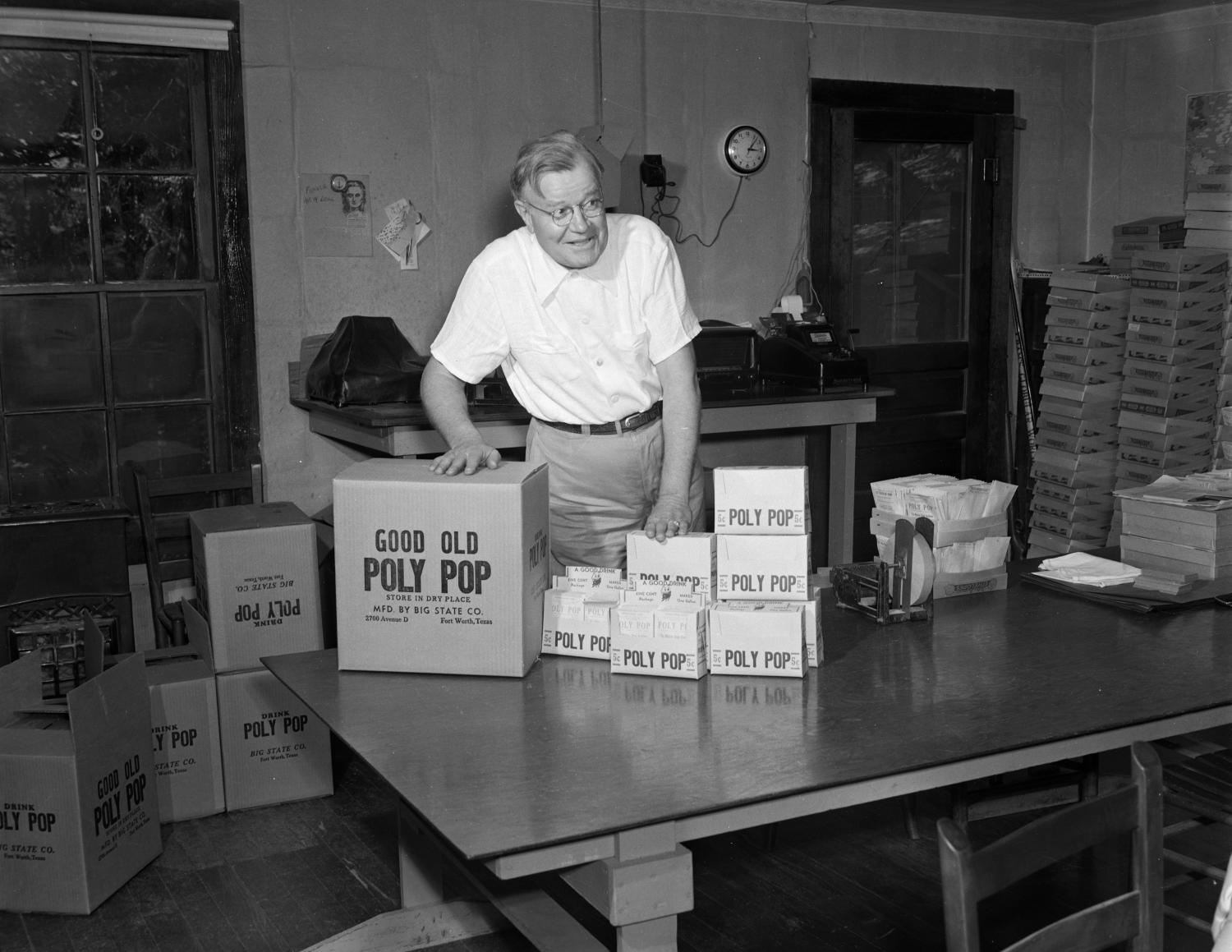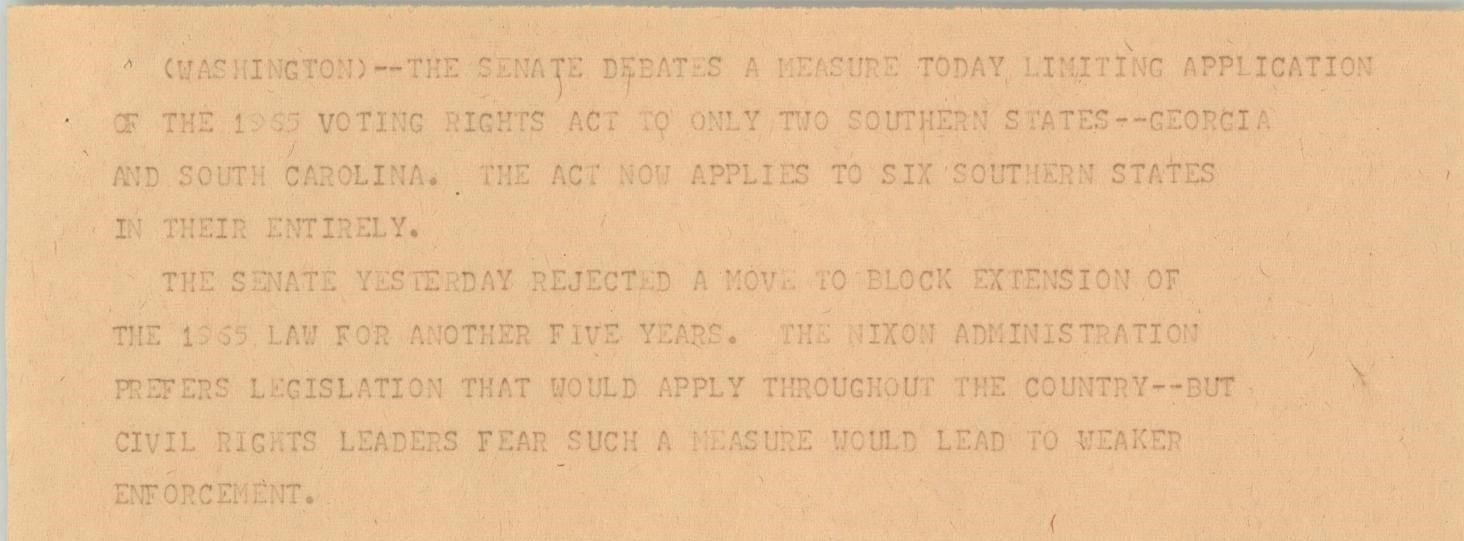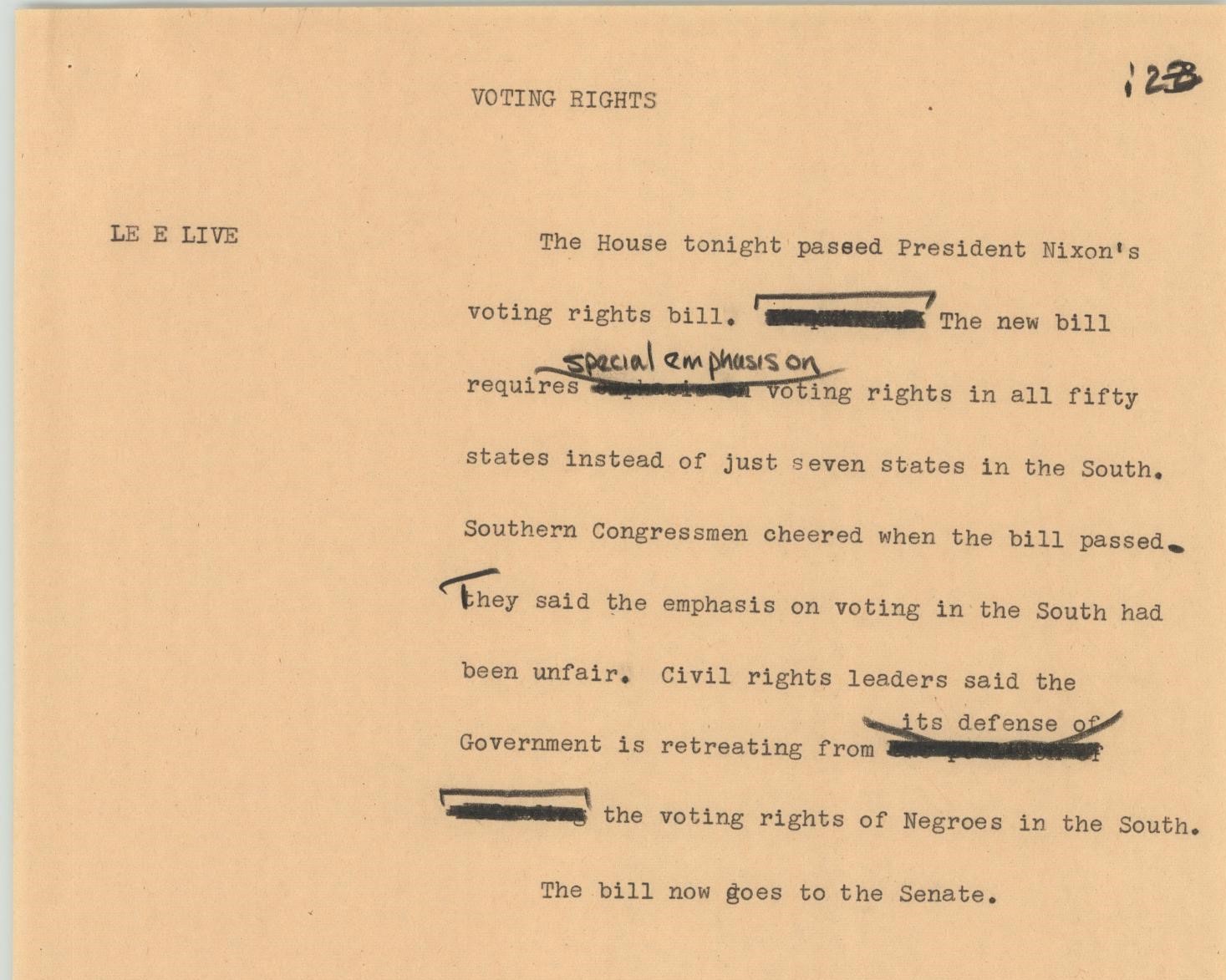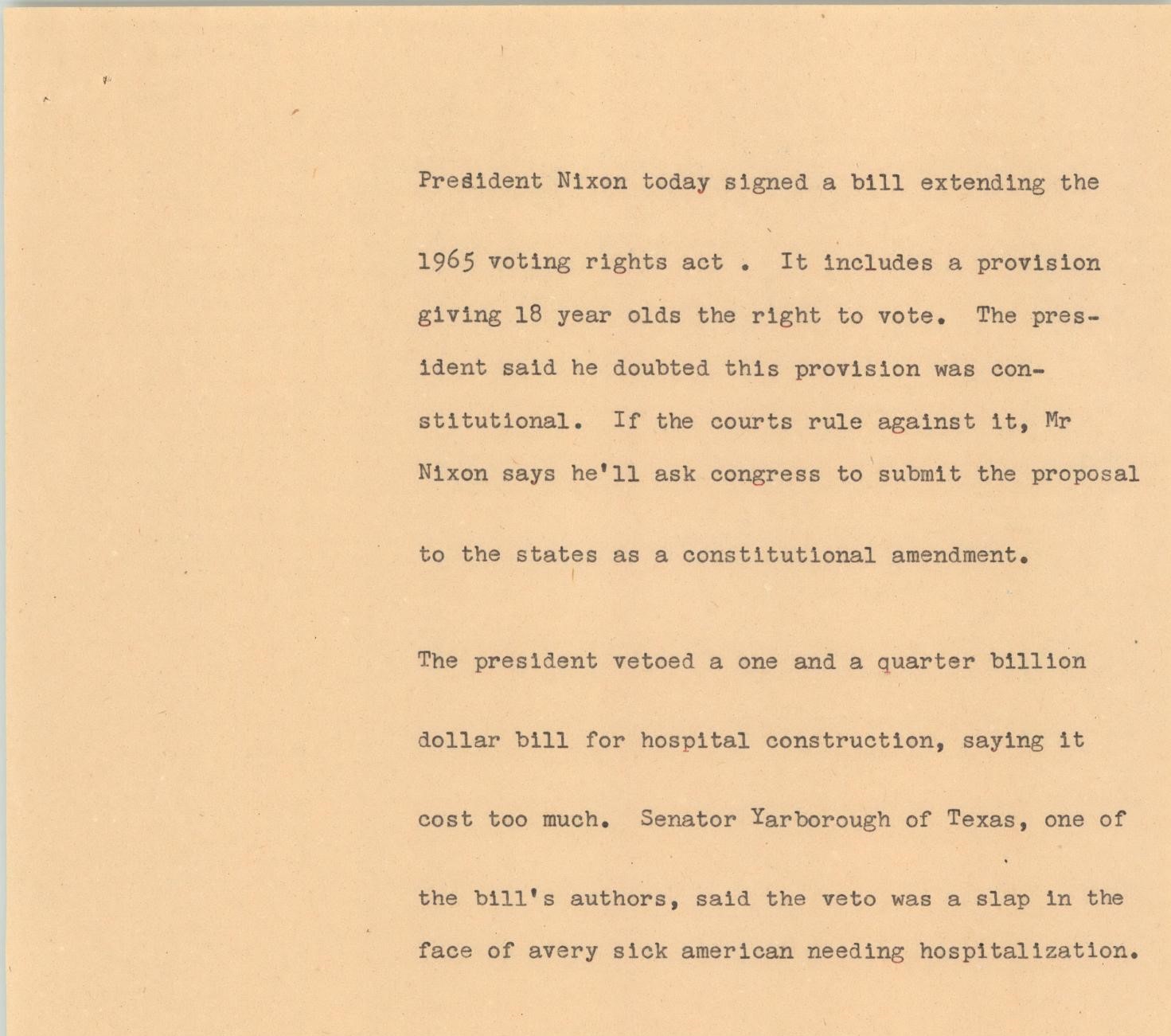Fort Worth radio station WBAP 820 was established in 1922 as an AM news and talk show. The station expanded to include the television program WBAP-TV in 1948, and an FM radio station the following year. WBAP shared frequencies on AM radio with the station WFAA until 1970, when they paid WFAA for sole occupancy of 820 kHz. Upon receiving sole occupancy, WBAP 820 became a full-time country music station named “Country Gold.”
WBAP’s Country Gold anniversary event was an annual music festival held at Arlington Stadium in Arlington, Texas that commemorated WBAP’s switch to country programming.
The following footage is from a WBAP-TV news clip of WBAP’s Country Gold third anniversary event in August, 1973. The video has no sound.
The most notable performance was that of Dolly Parton at WBAP’s Country Gold fourth anniversary event on August 26, 1974.
Below, Parton can be seen posing next to WBAP 820 DJ Don Thomson.
Hank Williams Jr. played at both the third and fourth anniversary events. The following photograph shows him performing at WBAP’s Country Gold third anniversary event in 1973.
Other notable performances include Bill Monroe, Leona Williams, Charlie Walker, Joe Stampley, George Lindsey, Johnny Duncan, Wynn Stewart, Red Steagall, Ronnie Milsap, Jeanne Pruett, and Chubby Wise.
Below, Bill Monroe and the Blue Grass Boys can be seen standing with Leona Williams at the third anniversary event.
WBAP also released a compilation album called WBAP’s Country Gold Hits in May of 1973, along with a record book by the same name containing lyrics, chords, and sheet music for various country songs. The cover page of the record book can be viewed below.
WBAP-FM became KCSC in 1973 when it switched over to all-country programming; at the time, it was the only country station on FM radio. WBAP 820 is still broadcasting on AM radio.
More photographs of WBAP’s Country Gold third and fourth anniversary events can be found in the KXAS-NBC 5 News Collection on The Portal to Texas History.
Check out Mike Shannon’s Dallas-Fort Worth AM Station History site to learn more about local radio history.


